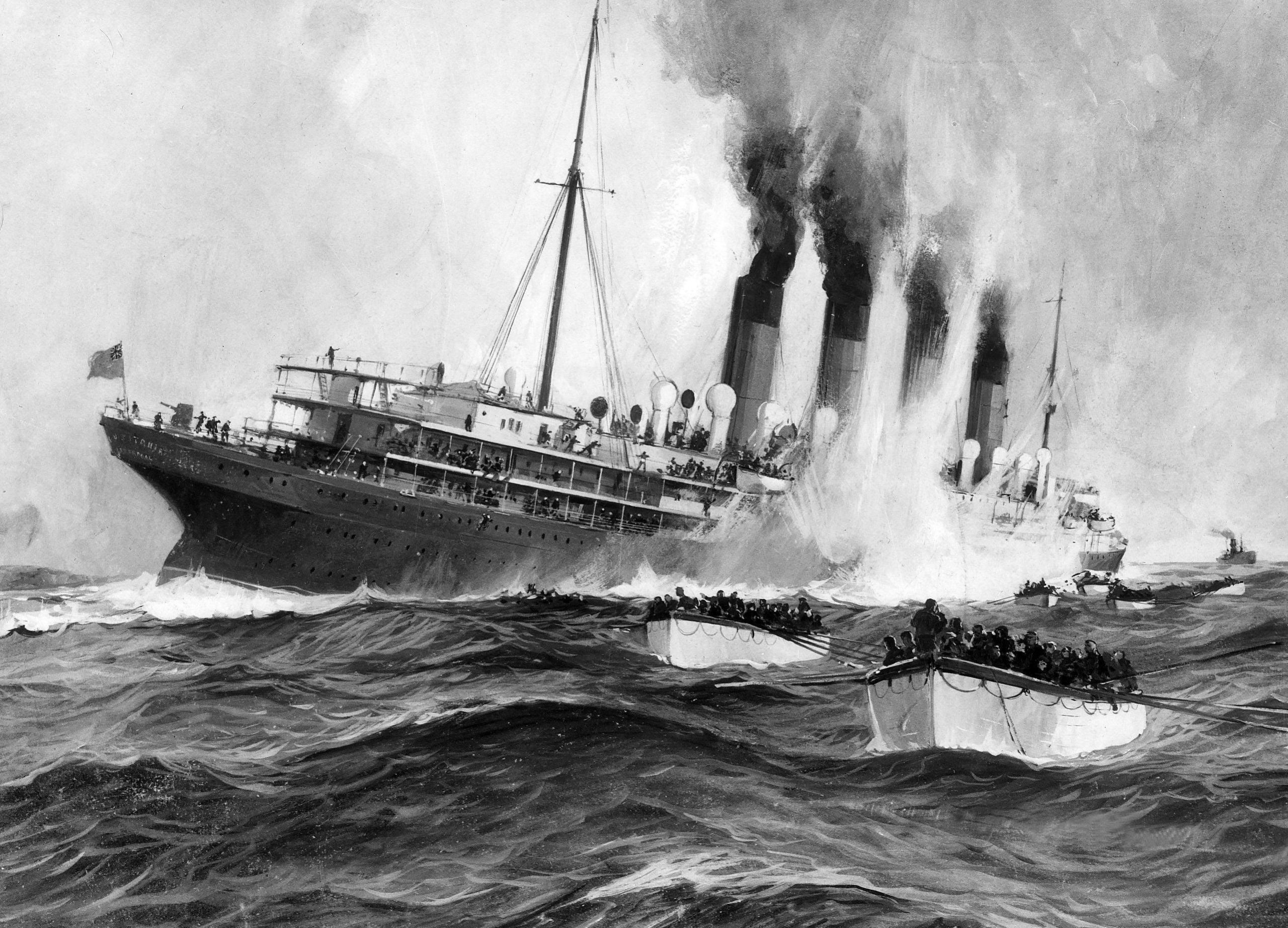
The conflict that engulfed Europe between 1914 and 1918 accounted for almost 10 million dead and many more injured. Whole school years of leavers in certain countries were effectively decimated. Erich Maria Remarque spoke of a ‘generation of men who, even though they may have escaped shells, were destroyed by the war’. Those looking on from afar were horrified and bewildered by this bloodletting. How had it started? How could it end? Could it be prevented in the future? Those fighting in it shared these feelings. The Great War as it was known also became ‘the war to end war’. Many believed that if the bloodshed was to have any meaning then it must be to ensure future conflicts were never again as bloody as this one.
The USA was one such onlooker. Despite various pressures to join the fighting the USA initially resisted getting involved. However it was selling weapons and supplies, principally to the British and French, and these were being transported to Europe across the Atlantic Ocean. Millions of Americans whose families had emigrated from Germany and Austria-Hungary pressured the US government to rein back such support but it was difficult to do so. The German government clearly felt the USA was aiding its enemies and began to target its shipping with ‘unrestricted’ submarine warfare. It also encouraged a campaign of sabotage and even went so far as to consider supporting Mexico in an attack on the USA.
Your organisation does not have access to this article.
Sign up today to give your students the edge they need to achieve their best grades with subject expertise
Subscribe




